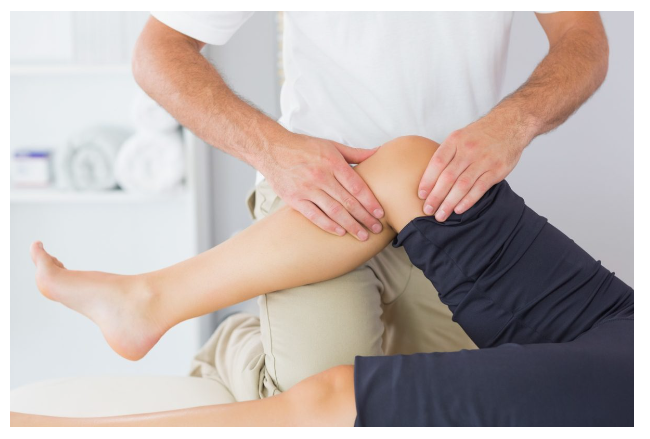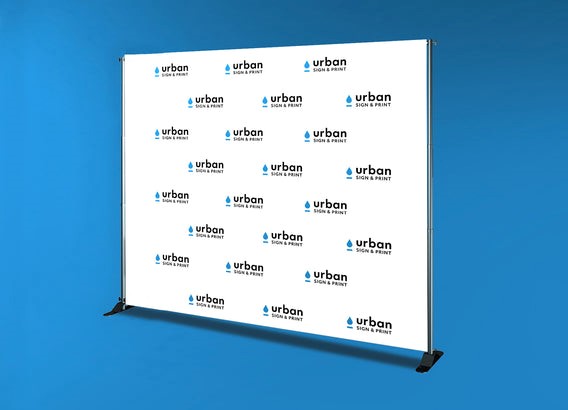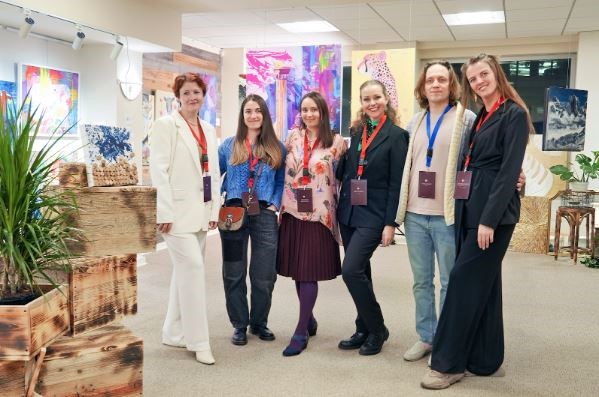The Science Behind ART: Enhancing Recovery Through Active Release Techniques
Active Release Technique (ART): Enhancing Recovery
Soft tissue injuries often hinder movement and cause pain. Active Release Techniques (ART), are patented methods targeting specific tissue areas to accelerate healing. ART isn’t just about releasing tension; it’s a precise approach that aims to reduce pain, improve range of motion, and expedite recovery.
Understanding Soft Tissue Adhesions
Soft tissue adhesions are like stubborn knots within our muscles or connective tissues that restrict movement and cause discomfort. These fibrotic bands form due to various factors, such as overuse, trauma, or inflammation. Soft tissue adhesions disrupt our body’s normal flexibility and function.
Imagine these adhesions as gluey bands—when tissues experience repetitive stress or injury, they develop these tight spots, limiting their ability to glide smoothly. This restriction leads to pain and limits our range of motion, making everyday movements challenging.
These adhesions can occur anywhere in the body, often affecting athletes, individuals with repetitive motion jobs, or those recovering from injuries. They create tension, pulling on nearby structures and leading to discomfort or aching sensations.
Understanding soft tissue adhesions helps appreciate the significance of the Active Release Technique (ART), which specifically targets and breaks down these adhesions. By doing so, ART aims to restore normal tissue movement, reduce pain, and enhance overall function.
The ART Approach
Active Release Technique (ART) is a specialized soft tissue mobilization technique that focuses on breaking down adhesions and scar tissue and restoring normal tissue function through manual tension and active patient movement.
Here’s a breakdown of the critical aspects and emphasis of ART:
Manual Tension:
Trained practitioners use their hands to apply precisely directed tension to the affected tissues. This tension is applied along specific planes and directions to target the adhesions or areas of restricted movement.
Active Patient Movement:
ART involves active participation from the patient. While the practitioner applies tension to the affected area, the patient is instructed to move that part of their body through a specific range of motion. This movement helps to stretch the tissues and break up adhesions.
Specificity and Targeting:
One of the hallmarks of ART is its specificity. Practitioners undergo specialized training to identify and target the exact location and nature of adhesions or tissue restrictions. They use their hands to palpate and feel for abnormal texture, tension, or movement in the muscles, tendons, ligaments, or fascia. Once identified, they apply precise tension while guiding the patient through movements to address these adhesions.
Restoring Normal Tissue Function:
The ultimate goal of ART is to restore optimal tissue function by breaking down adhesions and scar tissue. This can help alleviate pain, improve range of motion, enhance flexibility, and restore standard movement patterns.
The emphasis on targeting the exact location of adhesions distinguishes ART from other soft tissue techniques. It requires skill, precision, and a deep understanding of anatomy to identify and treat these dysfunction areas effectively.
The Science Behind ART’s Effectiveness
The effectiveness of Active Release Technique (ART) can be attributed to several scientific mechanisms:
Mechanical Disruption of Adhesions:
ART involves the application of precise tension to soft tissues while the patient actively moves through specific motions. This combination helps break down adhesions and scar tissue that may have formed due to injury, overuse, or repetitive stress. The manual pressure applied by the practitioner helps mechanically disrupt these adhesions, restoring normal tissue texture and function.
Improved Blood Flow and Tissue Oxygenation:
The manipulation and movement involved in ART stimulate blood circulation to the targeted area. Increased blood flow brings more oxygen and nutrients to the tissues, aiding tissue repair and regeneration. Improved oxygenation helps in the healing process and can reduce muscle fatigue and soreness.
Reduction of Inflammation and Pain:
ART can help reduce inflammation in affected tissues by breaking down adhesions and improving blood flow. This reduction in inflammation often correlates with decreased pain levels. Restoring normal tissue function can also alleviate stress on surrounding structures, further diminishing pain.
Restoration of Neuromuscular Control:
Adhesions and scar tissue can disrupt the communication between nerves and muscles, leading to altered neuromuscular control. ART’s targeted approach aims to restore proper movement patterns and neuromuscular function by addressing these adhesions. Freeing up restricted tissues allows for better proprioception and neuromuscular feedback, aiding in improved movement and function.
These mechanisms collectively contribute to the therapeutic effects of ART. By addressing the root cause of dysfunction, promoting tissue healing, reducing inflammation, and restoring standard neuromuscular control, ART aims to facilitate recovery from soft tissue injuries and musculoskeletal issues.
Clinical Evidence Supporting ART
While the Active Release Technique (ART) has gained popularity and is widely used in clinical practice, the research supporting its effectiveness across various musculoskeletal conditions is still evolving. Here’s a summary of the existing evidence:
Acute and Chronic Musculoskeletal Pain:
There’s anecdotal and clinical evidence suggesting that ART may be beneficial in reducing both acute and chronic musculoskeletal pain. Some studies have shown improvements in pain levels and function in individuals with conditions like low back pain, neck pain, and shoulder pain after ART treatments. However, more extensive randomized controlled trials are needed to establish its efficacy compared to other treatments.
Sports Injuries:
ART is commonly used among athletes to address sports-related injuries such as strains, sprains, and overuse injuries. While there’s support from case studies and athlete testimonials regarding its positive effects in improving recovery time and function, robust scientific evidence from well-designed studies specific to various sports injuries is limited.
Repetitive Strain Injuries:
Conditions like carpal tunnel syndrome, tennis elbow, and other repetitive strain injuries often respond well to ART interventions. Some studies and clinical reports suggest that ART can help reduce pain, improve range of motion, and restore function in individuals with these types of injuries. However, more research with larger sample sizes is needed for conclusive evidence.
Post-Surgical Rehabilitation:
ART is sometimes included in post-surgical rehabilitation programs to aid tissue healing, reduce scar tissue formation, and improve functional outcomes. While there’s anecdotal support for its use in post-surgical cases, comprehensive studies evaluating its specific impact on surgical rehabilitation outcomes are still limited.
ART in Practice
A typical Active Release Technique (ART) session involves a systematic approach to evaluation and treatment, typically conducted by a qualified healthcare professional, such as a chiropractor, physical therapist, or certified ART provider. Here’s an overview of what a session might entail:
Evaluation Process:
History Taking: The practitioner begins by taking a comprehensive history and discussing the patient’s symptoms, medical history, and the nature of their injury or condition.
Physical Examination: A hands-on assessment is conducted to evaluate the affected area. The practitioner may palpate the tissues, assess a range of motion, identify areas of tension or adhesions, and observe movement patterns to pinpoint specific dysfunctions.
Treatment Protocol:
Identifying Problem Areas: Based on the evaluation, the practitioner identifies specific areas of tissue restriction, adhesions, or scar tissue that require treatment.
Application of ART Technique: Using their hands, the practitioner applies tension to the targeted tissues while guiding the patient through specific movements. This combination of manual pressure and patient movement aims to break down adhesions and restore normal tissue function.
Multiple Sessions: Depending on the severity and nature of the condition, multiple sessions may be recommended to achieve optimal results.
Conclusion: Embrace ART for Recovery
The benefits of Active Release Technique (ART) in enhancing recovery and improving musculoskeletal health are substantial. For those seeking effective treatment for their soft tissue injuries or musculoskeletal pain, it is highly encouraged to seek ART treatment from Total Performance Physical Therapy. Their specialization in ART therapy, expertise, dedication, and patient-centered approach ensures tailored care for every individual.
By choosing Total Performance Physical Therapy, you’re selecting a team of highly skilled practitioners committed to your recovery. Their comprehensive assessments and personalized treatment plans can significantly contribute to your healing process, helping you regain mobility, reduce pain, and improve overall musculoskeletal health.
Take the proactive step toward better health and recovery by considering Total Performance Physical Therapy for your ART treatment needs. Your journey toward improved musculoskeletal health begins with expert care and specialized therapy.



